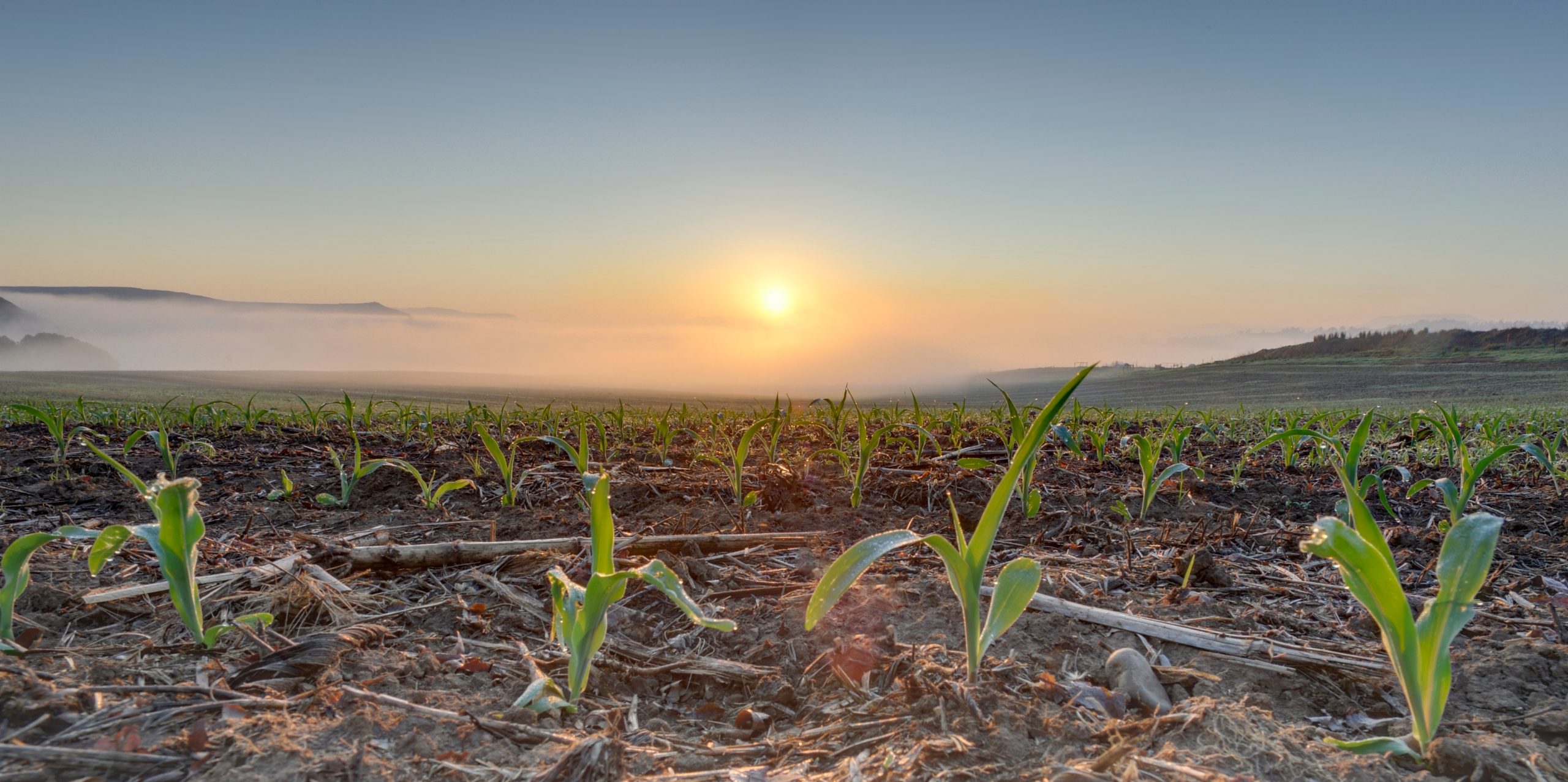Droughts are said to be one of the most feared natural phenomena in the world. Not only do they threaten the livelihood of people and the ecosystem, but severe cases can lead to famine, displacement, and conflict. With climate change altering the natural pattern of droughts, we are expected to see them more frequently, longer, and more severe. Because of this, meteorological drought forecasting methods have become extremely valuable.
According to the US National Weather Service, meteorological drought is based on the degree of dryness or rainfall deficit and the length of the dry period[1]. Drought occurs when there is a prolonged period with little or no precipitation resulting in a shortage of water. The problem can result in economic, social, and environmental impacts such as agriculture, water resources, energy production and other areas.

Droughts not only threaten the livelihood of people and the ecosystem, but severe cases can lead to famine, displacement, and conflict.
“Drought prediction is an important topic and has a key role in risk management, drought readiness and alleviation,” explained Dr. Munir who believes that accurate forecasting is crucial for mitigating its impact and minimizing the disruption. Nonetheless, drought impact differs for the affected areas.
“If we could provide accurate forecasts of meteorological drought, it allows the authorities and public to plan and prepare for the dry conditions,” said Dr. Md Munir Hayet Khan, a senior lecturer from the Faculty of Engineering & Quantity Surveying, INTI International University.
In a study on Wavelet-based hybrid ANN-ARIMA models for meteorological drought forecasting, Dr. Munir and two other researchers analysed 30 years’ worth of rainfall data from 1986-2016, collected from rainfall stations located around the Langat River Basin. The study was conducted to test a new method of a hybrid model (W-2A model) for its ability to accurately predict future droughts.
Various forecasting models were developed over the years to predict future drought, according to Dr. Munir. Their latest research discovered that combining two or more separate models can be an effective approach to improving the accuracy of drought predictions and that Wavelet-based hybrid ANN-ARIMA models offered better predictions and could be used for future drought early warning systems.
“We combined the Wavelet transformation, Autoregressive Integrated Moving Average (ARIMA), and Artificial Neural Network (ANN) to create a new hybrid model (W-2A model) with an ability to accurately predict future drought,” highlighted Dr. Munir.
Wavelet is a way to analyse time series data and can be used to see how different variables change over time. ANN is often used in drought forecasting because it can manage large amounts of data and can also model complex relationships between precipitation, temperature, and other meteorological variables.
On the other hand, ARIMA models are a type of statistical model commonly used in time series forecasting. They are particularly useful for modelling trends and patterns in historical data and can also be used to account for the effects of seasonality and other cyclical patterns.
Dr. Munir also stated the Standardized Precipitation Index (SPI) and Standard Index of Annual Precipitation (SIAP) drought indices (DI) were used to compute historical drought events in their study.
“The SPI is a well-known, globally accepted drought index which requires a parameter estimation. Meanwhile, SIAP is quite simple and does not require parameter estimation,” Dr. Munir explained.
According to him, there are different indices for different classes of droughts namely meteorological, hydrological, agricultural, and socio-economic, and each index has its limitations.
“To track drought events, accurate indices and reliable hydro-meteorological data are required,” he added, noting that no single index can accurately depict the onset and severity of such an event.
Dr. Munir expressed his contentment as the research met its objective.
“It is worth mentioning that we achieved our research objective of presenting a new hybrid technique that combines the advantages of the Wavelet transformation, ARIMA, and ANN to accurately predict future droughts using SPI and SIAP separately,” he said.
This finding is expected to provide a more robust and accurate prediction and is a novel way to forecast future drought conditions, adding on to existing knowledge. Interestingly, this model can also be used for flood prediction since the DIs can classify wet conditions of selected areas.
It is important to note that drought forecasting is a complex task that is affected by a variety of factors including climate variability, land use and human activities, making it challenging to predict with complete accuracy.
“I believe that this new hybrid model (W-2A model) can be used to help the agriculture sector, water resource management, and authorities make the right decisions and planning for the long-term impact of drought,” Dr. Munir concluded.

Dr. Md Munir Hayet Khan, a senior lecturer from the Faculty of Engineering & Quantity Surveying at INTI International University, said the model established can offer a more reliable and accurate drought prediction to benefit all.